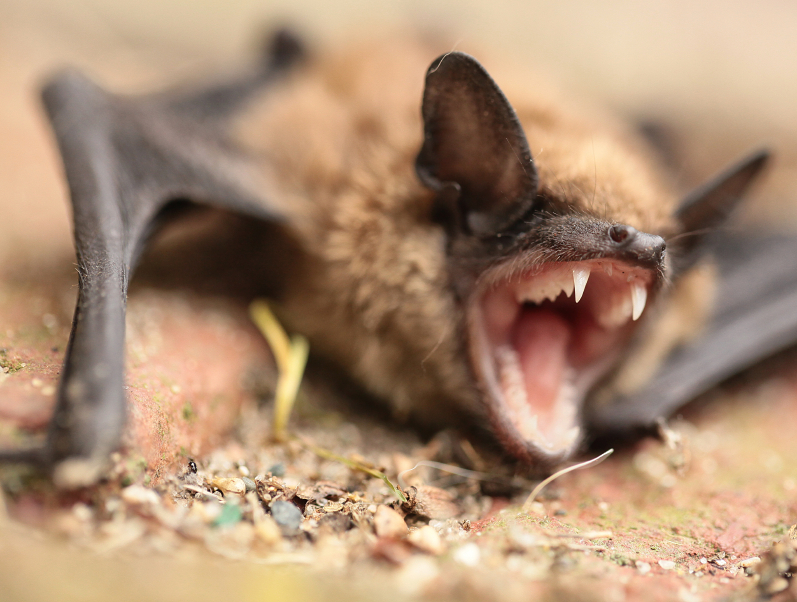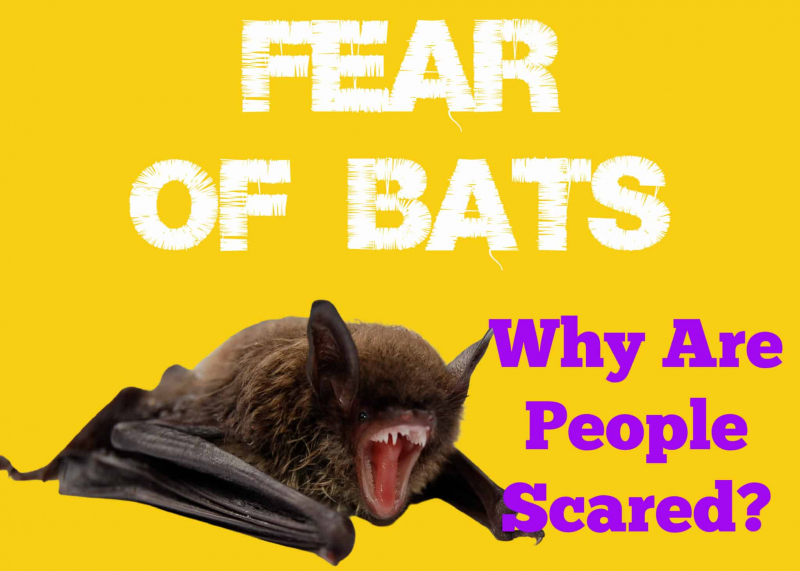Chiroptophobia

The fear of bats is known as chiroptophobia. It is one of the many animal phobias that cause anxiety without requiring direct contact with the animal. A visual stimulus from television or an indirect stimulus, such as when the bat is mentioned in a discussion, can sometimes be enough to cause the individual suffering from the phobia to get unwell. Other animal fears include snakes, rats, and spiders. Fear of bats is equally widespread. You have to consider it a very specific species, a mammal with wings, with motions that might arise unexpectedly and are also tied to the darkness of the night.
The most difficult difficulty with bats is exactly the inability to anticipate their movements, their unexpected presence in the middle of the night, because even those who suffer from chiroptophobia are aware that an encounter with this species poses no threat to their bodily integrity. Bats are not hazardous and do not attack, yet this does not prevent the phobia from developing.
Chiroptophobia, like any other phobia, causes anxiety. The stimulus is a live bat, and the response is a rising discomfort immersed in panic, beginning with nervous agitation, sweating, palpitations, tingling in the extremities, and trouble breathing. It is impossible to predict whether these sensations will diminish when the stimulus fades or will persist until an anxiety or panic attack occurs. It is dependent on the individual and the scenario. But how many times can you collide with a bat? Of course, it also depends. The most essential thing is to recognize that you have a phobic disorder and that you must find a way to overcome it. It makes no difference if it does not appear to be restrictive at first or if it does not diminish one's quality of life, because a phobic disorder will always worsen.
It makes no difference if the bat is not a common stimulus or that anxiety attacks do not occur on a regular basis. Any phobia is a symptom of an anxiety illness, which can worsen the situation and also promotes the development of new phobias, to other animals, things, or circumstances. Regardless of what each individual can do on their own to face their anxieties, phobias are overcome with expert assistance. As a result, when treating chiroptophobia, psychological treatment is crucial. Professionals typically employ Cognitive Behavioral Therapy, which is also the most commonly used treatment for anxiety disorders.
















